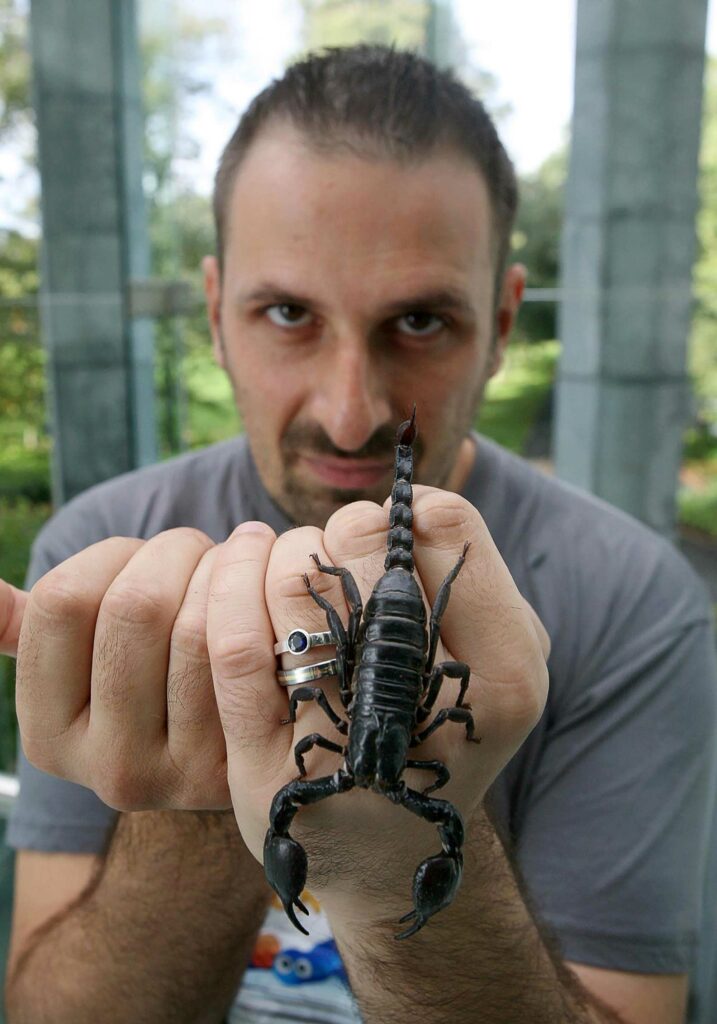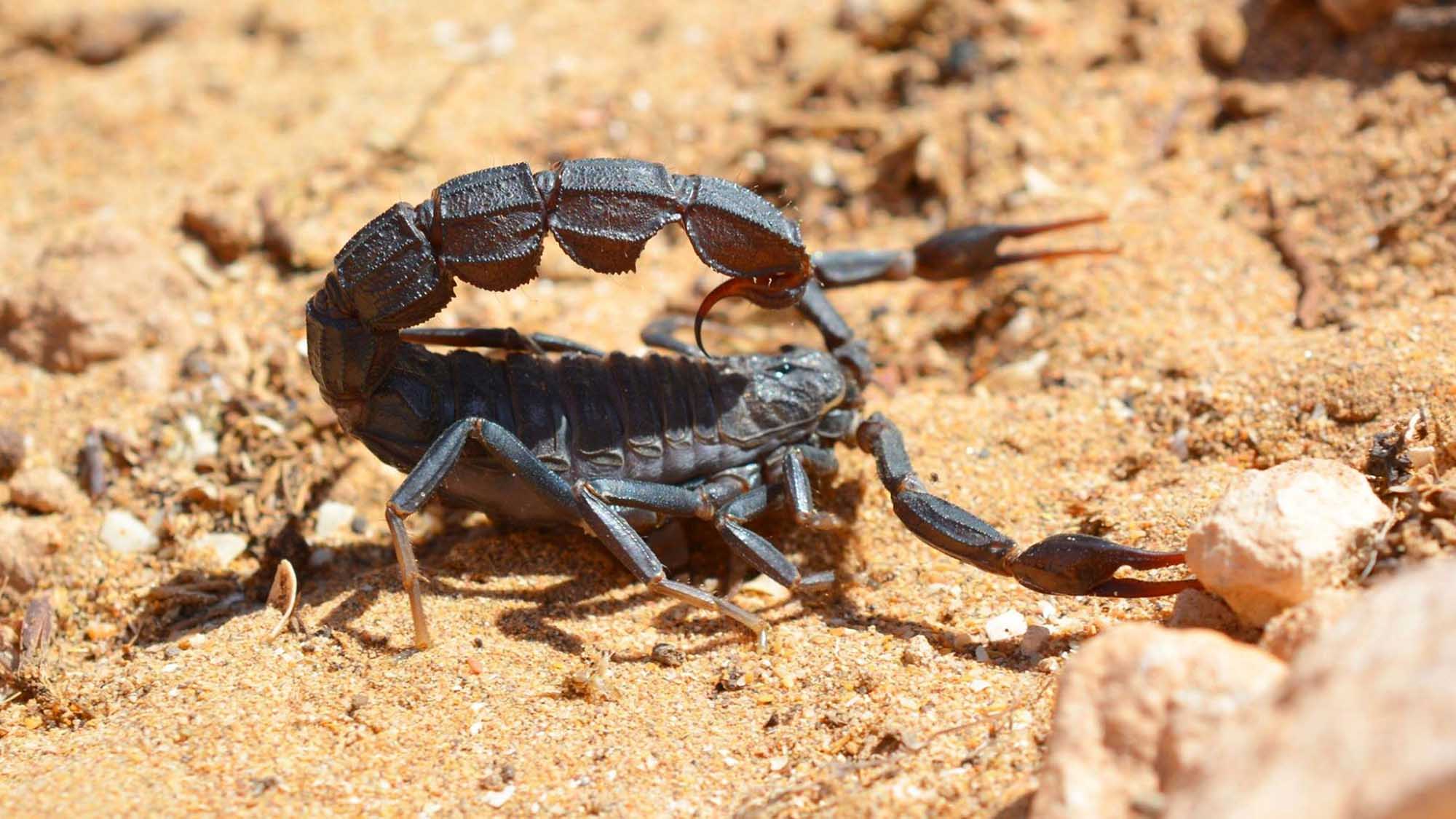Researchers have shown that Indiana Jones was right all along – the smaller the scorpion, the deadlier its sting.
Researchers from the National University of Ireland (NUI), Galway have shown that the venoms of smaller scorpion species are more potent than those of larger species.
The theory first gained traction after the release of the film ‘Indiana Jones and the Kingdom of the Crystal Skull’ in 2008.
After the hero’s sidekick is stung by a scorpion, he complains that it was huge, prompting Harrison Ford’s character to reply: “Good. When it comes to scorpions, the bigger the better.”
The team of scientists at the Ryan Institute – NUI Galway put the theory to the test by analysing 36 scorpion species.
They found that the venoms of smaller species with smaller pincers were more potent than those of larger species with robust claws.

(Aengus McMahon/Newsflash)
The team reported that the venoms of the smallest scorpions they studied, such as the Brazilian yellow scorpion (Tityus serrulatus), were over 100 times more potent than those of the largest ones they analysed, like the flat rock scorpion (Hadogenes troglodytes).
And the researchers found that venom potency was not only linked to body size but also to pincer size.
They discovered that the venoms of species with the smallest pincers, such as the Transvaalicus thick-tailed scorpion (Parabuthus transvaalicus), were over 10 times more potent than the venoms of those with the largest, most robust pincers, like the large-clawed scorpion (Scorpio maurus).
Senior author of the study and Lecturer of Zoology at NUI Galway Dr Kevin Healy said: “Outside of entertaining movie trivia there are good evolutionary reason[s] to expect the results and important medical implications for such patterns.”
The researchers say there is an evolutionary trade-off between scorpions’ venomous stings and their pincers – used for defence and to capture prey.
In other words, the more energy used to generate larger pincers, the less energy available for the specimen’s chemical arsenal.
The team’s research has real-world implications – there are over a million cases from scorpion stings and thousands of deaths all over the world every year.
Identifying the species following a sting is key for treatment – and rules of thumb, such as “bigger is better”, can help.
A senior author of the study and Head of the Venom System Lab at NUI Galway Dr Michel Dugon said: “As scientists, our job is also to put popular wisdom to the test. Most victims hospitalised with severe symptoms following scorpion stings are children below the age of 15. Identifying the species responsible is essential to administer the correct treatment, and a simple rule such as ‘bigger is better’ is a first small step toward saving lives.”
The team published the results of its research in the international journal ‘Toxins’.
To find out more about the author, editor or agency that supplied this story – please click below.
Story By: William McGee, Sub-Editor: Michael Leidig, Agency: Newsflash
The Ananova page is created by and dedicated to professional, independent freelance journalists. It is a place for us to showcase our work. When our news is sold to our media partners, we will include the link here.




